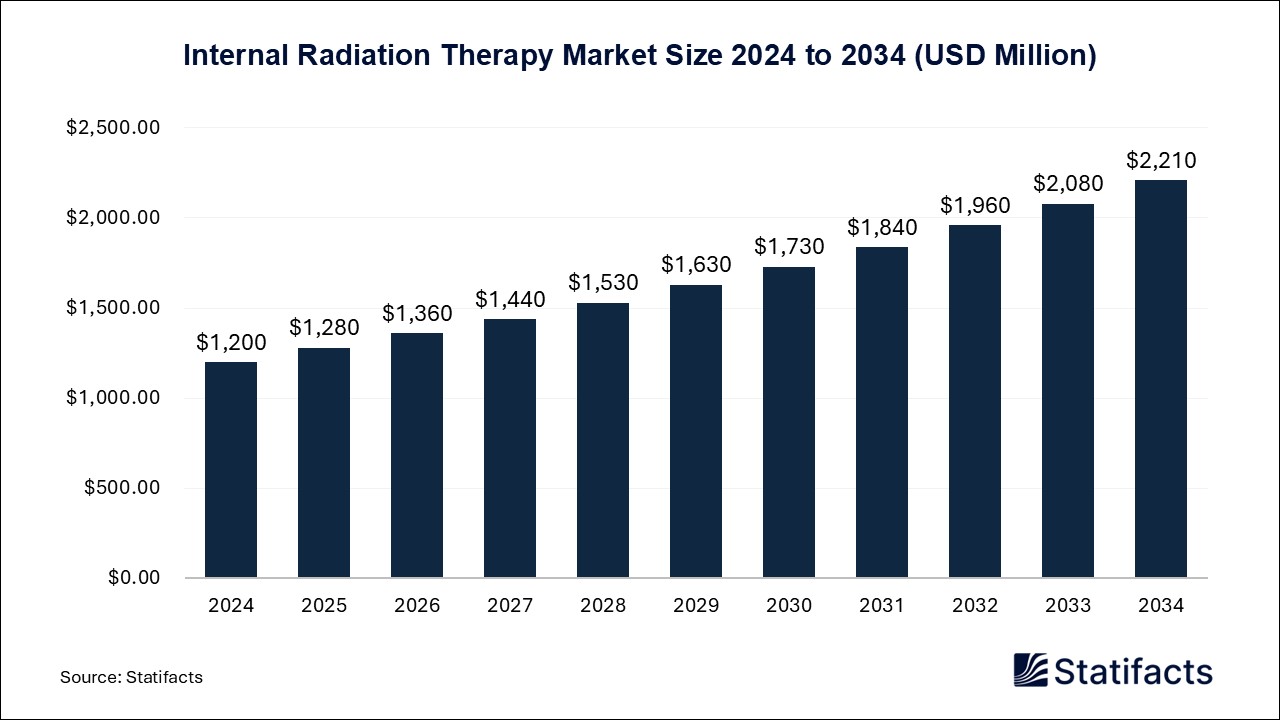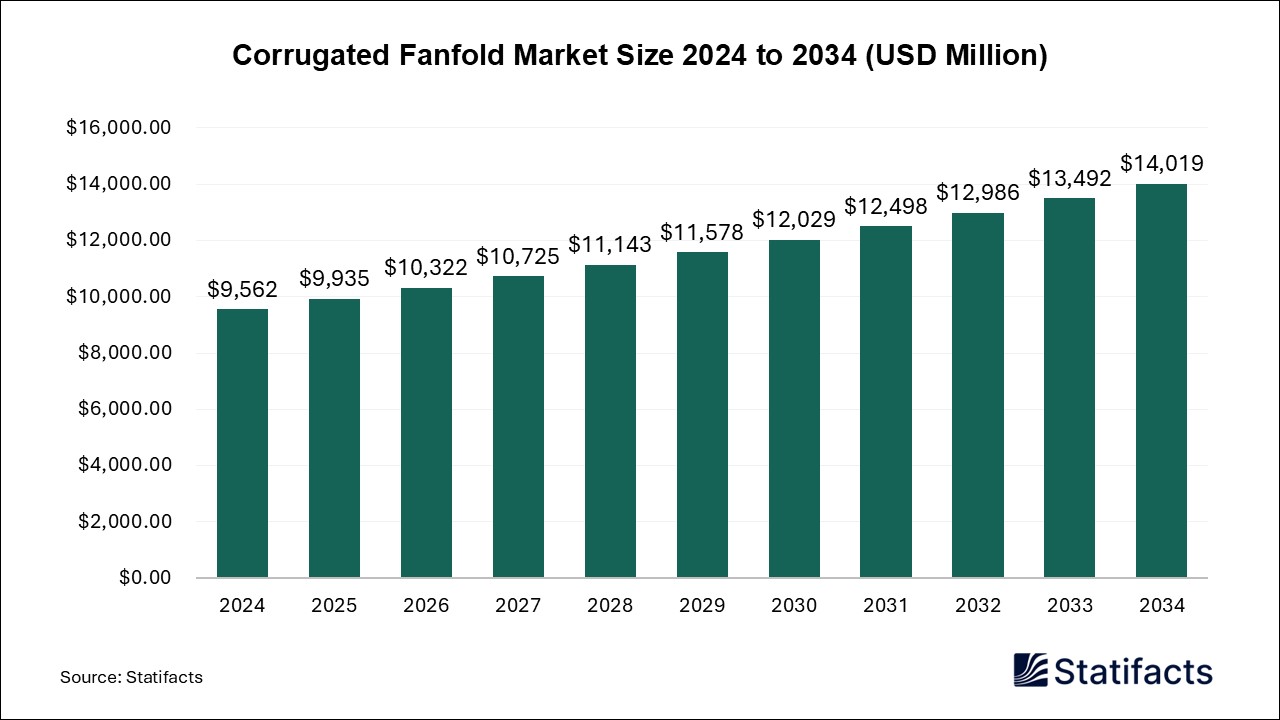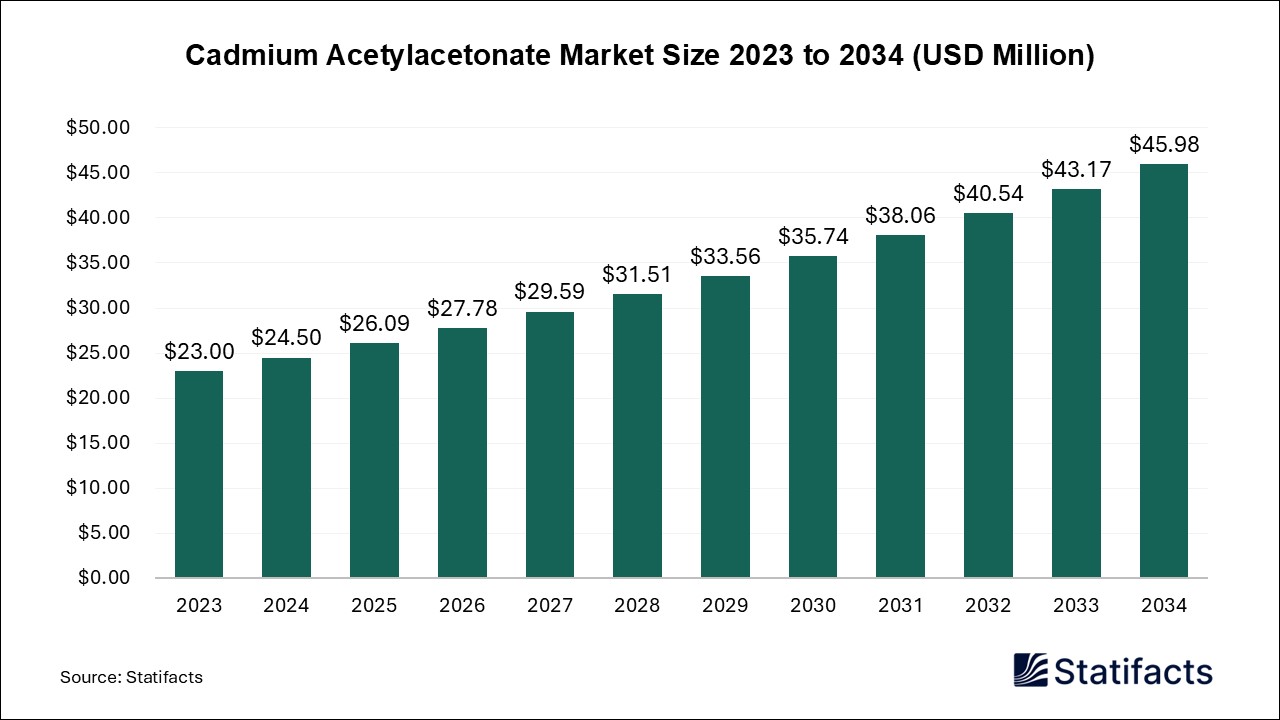
By clicking “Accept All Cookies” you agree to the storing of cookies on your device to enhance site navigation, analyze site usage, and assist in our marketing efforts.
Privacy PolicyThe global inhalable biologics market size was calculated at USD 3,796 million in 2024 and is predicted to attain around USD 19,368 million by 2034, expanding at a CAGR of 17.7% from 2025 to 2034.
| Industry Worth | Details |
| Market Size in 2025 | USD 4,468 Million |
| Market Size by 2034 | USD 19,368 Million |
| Market Growth Rate from 2025 to 2034 | CAGR of 17.7% |
The inhalable biologics market refers to the production, distribution, and application of inhalable biologics, which offers a highly attractive administration route for many classes of biologic therapeutics, mainly for the treatment of respiratory diseases. Delivering a biologic through inhalation or intranasal drug delivery can help to further reduce the off-target effect profile of the drug with its direct delivery to the site of action, thereby avoiding the systematic effects that can occur with injectables. Biological drugs, commonly referred to as biologics, are a class of drugs that are produced using a living system, such as microorganisms, plant cells, or animal cells.
Inhalational biologics administration refers to the delivery of drugs to the respiratory tract through inhalation, allowing for rapid systematic absorption and targeted delivery to specific regions of the lung using devices like metered dose inhalers, dry powder inhalers, and nebulizers. Biologics therapy works by targeting different antibodies, cells, or molecules that cause asthma. Biologics may decrease flare-ups, improve quality of life, and some can even enhance lung function. Healthcare providers administer biologics either as a shot (subcutaneous infection) or intravenous infusion. Inhalation of drug delivery of biologics can enhance treatment and vaccine options across a range of therapeutic areas.
Advancements in formulation technologies improve biologic stability, driving the growth of the inhalable biologics market. Advanced delivery technology like nanotechnology and other advanced delivery systems are improving biological drug delivery and formulation. These include nanoparticles, liposomes, and polymer-based delivery systems that can enhance stability, bioavailability, and targeted delivery. Drug stability is defined as the ability of a drug substance or product to maintain its original properties and characteristics within specified limits during storage and use, which is crucial for ensuring its safety and efficacy.
Formulation studies aim to develop a drug preparation that is stable, safe, and acceptable to the patient. Pre-formulation studies are an essential component of the drug development process, and they provide the scientific basis for formulation development. These formulations involve drug delivery systems at the nanometer scale.
They bring groundbreaking changes by enhancing drug solubility, improving bioavailability, and allowing targeted drug delivery. This advancement opens the door to more effective treatments and reduces side effects for patients. Recent drug delivery systems (DDS) are formulated using advanced technology to accelerate systematic drug delivery to the specific target site, maximizing therapeutic efficacy and minimizing off-target accumulation in the body. As a result, they play an important role in disease management and treatment.
Rising demand for non-invasive drug delivery is driving the growth of the inhalable biologics market. Non-invasive drug administration options offer obvious benefits over injection. They are preferred by the patients and could result in enhanced access to medication and adherence to therapy, as well as achieve enhancement in the drug safety profile. Non-invasive drug delivery refers to painless drug delivery methods that provide alternative routes for the delivery of therapeutics via oral, nasal, pulmonary, ocular, or rectal.
In non-invasive technique, in medicine, describes a procedure that does not require inserting an instrument through the skin or into a body opening. In cancer, it describes a disease that has not spread outside the tissue in which it began. In non-invasive surgery, surgeons use many ways to operate with less damage to the body than with open surgery. Generally, non-invasive surgery is linked to less pain, shorter hospital stays, and fewer complications.
By Application
Published by Kesiya Chacko
| Subsegment | 2024 | 2025 | 2026 | 2027 | 2028 | 2029 | 2030 | 2031 | 2032 | 2033 | 2034 |
|---|---|---|---|---|---|---|---|---|---|---|---|
| Peptides and Proteins | - | - | - | - | - | - | - | - | - | - | - |
| Vaccines | - | - | - | - | - | - | - | - | - | - | - |
| Monoclonal Antibodies | - | - | - | - | - | - | - | - | - | - | - |
| RNAi-based Therapeutics | - | - | - | - | - | - | - | - | - | - | - |
| Others | - | - | - | - | - | - | - | - | - | - | - |
| Subsegment | 2024 | 2025 | 2026 | 2027 | 2028 | 2029 | 2030 | 2031 | 2032 | 2033 | 2034 |
|---|---|---|---|---|---|---|---|---|---|---|---|
| Respiratory diseases | - | - | - | - | - | - | - | - | - | - | - |
| Diabetes | - | - | - | - | - | - | - | - | - | - | - |
| Cancer | - | - | - | - | - | - | - | - | - | - | - |
| Others | - | - | - | - | - | - | - | - | - | - | - |
| Subsegment | 2024 | 2025 | 2026 | 2027 | 2028 | 2029 | 2030 | 2031 | 2032 | 2033 | 2034 |
|---|---|---|---|---|---|---|---|---|---|---|---|
| Dry Powder Inhalers | - | - | - | - | - | - | - | - | - | - | - |
| Metered Dose Inhalers | - | - | - | - | - | - | - | - | - | - | - |
| Nebulizers | - | - | - | - | - | - | - | - | - | - | - |
| Others | - | - | - | - | - | - | - | - | - | - | - |
| Subsegment | 2024 | 2025 | 2026 | 2027 | 2028 | 2029 | 2030 | 2031 | 2032 | 2033 | 2034 |
|---|---|---|---|---|---|---|---|---|---|---|---|
| Hospital Pharmacies | - | - | - | - | - | - | - | - | - | - | - |
| Retail Pharmacies | - | - | - | - | - | - | - | - | - | - | - |
| Online Pharmacies | - | - | - | - | - | - | - | - | - | - | - |
To get full access to our Market Insights, you need a Professional Account or a Business Suite.

You will receive an email from our Business Development Manager. Please be sure to check your SPAM/JUNK folder too.

You will receive an email from our Business Development Manager. Please be sure to check your SPAM/JUNK folder too.

Our customers work more efficiently and benefit from



